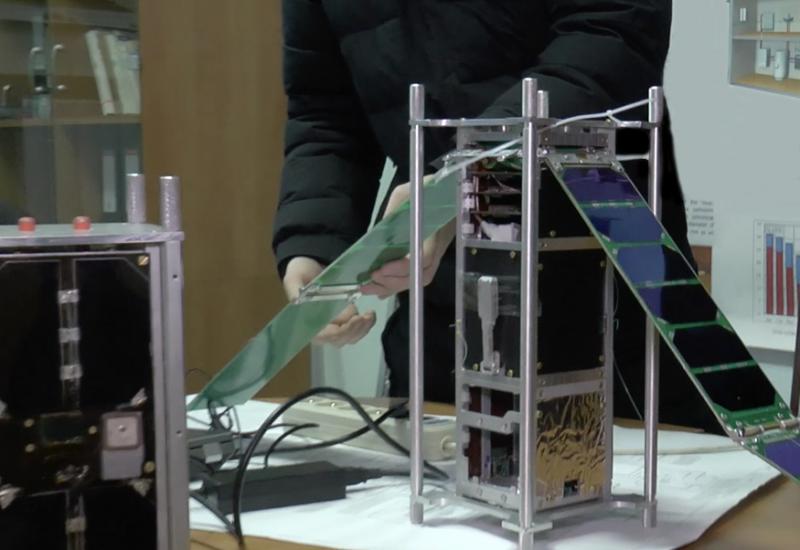At Igor Sikorsky Kyiv Polytechnic Institute it is being developed new nano-satellites of the PolyITAN series of CubeSat format. They will be used to study space and processes occurring on Earth. One of the satellites - PolyITAN-3 - is planned to be launched into Earth orbit in 2021. "We are developing the satellite together with Poznan Polytechnic Institute- it will partially sponsor the purchase of flywheels and some elements for power supply systems," says Boris Rassamakin, head of the team of engineers-developers of nano-satellites.
At present, the engineering model PolyITAN-3 is still under development, but next year the device will be able to be used for remote sensing of the Earth, environmental monitoring, earthquake forecasting and ionosphere research. The main task of the satellite is to take photos and transmit data to Earth.
"The third PolyITAN will transmit images of the Earth: it will photograph and send this data for research. It differs in the fact that it has an additional unit for shooting and special wings, which allow increasing the power supply of the satellites, " explains engineer-developer of nano-satellites Ivan Starovit.
At the same time, the team is working on the next three nano-satellites. Each of them will fulfil its mission in outer space.
For example, PolyITAN-4 is planned to be used for bio experiments with plants and month programs. The fifth PolyITAN is for the study of the Earth's electronic field and the characteristics of earthquakes, such as earthquakes and tsunamis.
It is worth reminding that the first test Nano-satellite of Igor Sikorsky Kyiv Polytechnic Institute PolyITAN-1 was launched into Earth orbit in June 2014, and the team still receives signals and all the necessary information from it. The second satellite, PolyITAN-2-SAU, received measurements of the Earth's lower thermosphere to study climate change. It was created as part of the international space project QB50 and launched into space in 2017.

